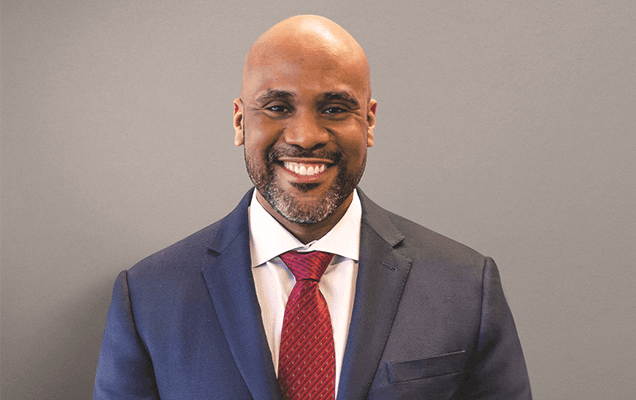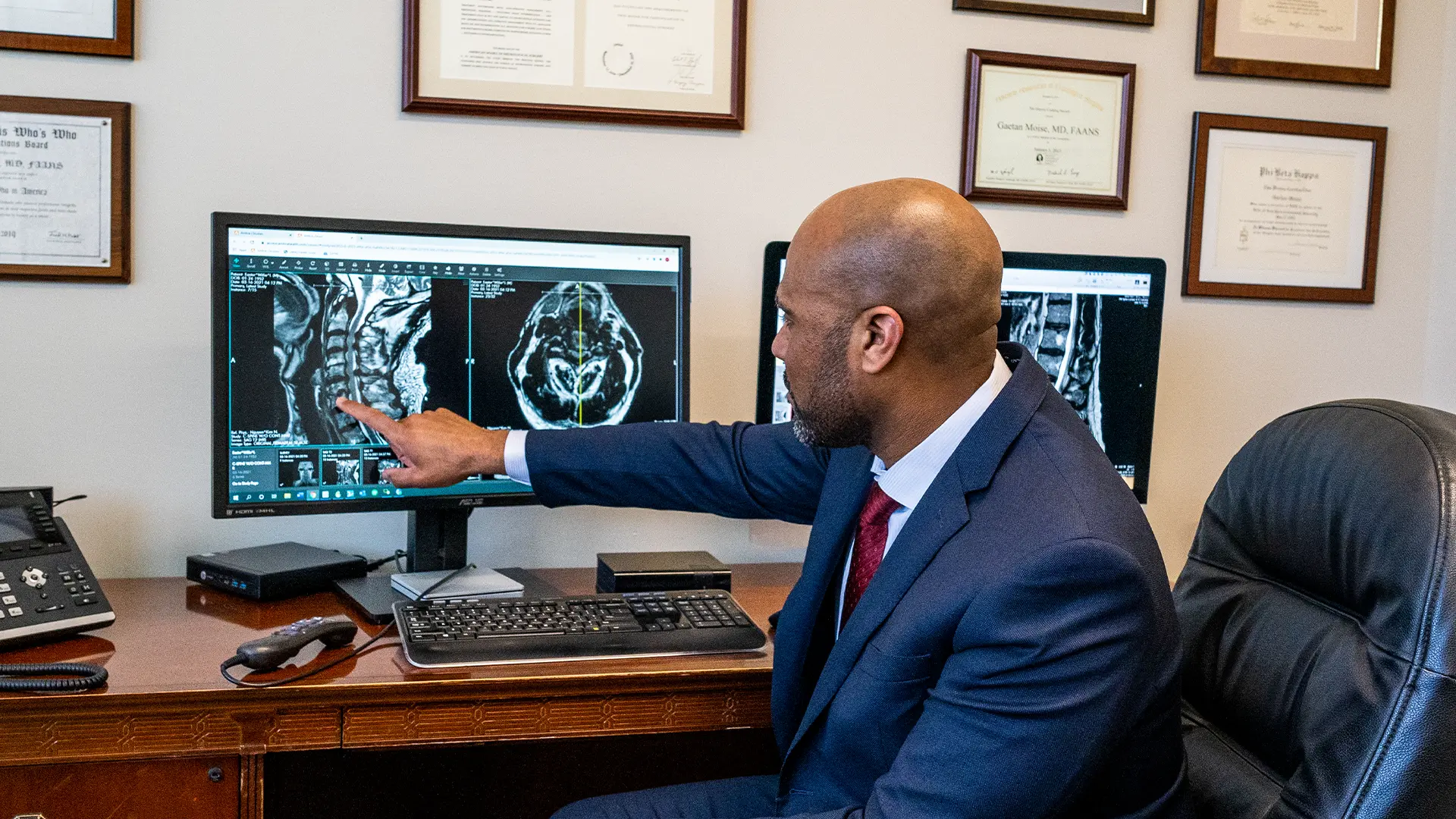What is a Chiari malformation?
A Chiari malformation is a congenital (present at birth) defect in the area of the back of the head where the brain and spinal cord connect. The condition is also called Arnold Chiari malformation.
Chiari Type 1
Arnold Chiari type 1 malformation is commonly referred to as Chiari I. This is a structural defect that affects the part of the skull known as the posterior fossa.
The posterior fossa is an area at the back of the skull that houses the cerebellum. The cerebellum is a part of the brain that controls movement and coordination.
Chiari type I is one of four types of Chiari malformation. This group of conditions involve structural defects in the brain and spinal cord that occur during fetal development. Type 1 is the most common of the four types of Chiari Malformation. In Chiari type 1, the lower part of the cerebellum called the cerebellar tonsils extend into the foramen magnum.
The foramen magnum is the opening at the base of the skull where the spinal cord passes along with a few nerves and vessels.
In Chiari I, the cerebellar tonsils put pressure on the spinal cord and block the flow of cerebrospinal fluid within the foramen magnum.
Blockage of this fluid can disrupt important neurological structures. In rare cases, a Chiari malformation can be associated with other abnormalities such as tethered cord syndrome.
Chiari Type 2
Chiari type 2 malformation is a more severe form of the condition. Chiari 2 is related to a form of spina bifida called myelomeningocele.
This occurs when the spinal cord protrudes through an opening in the back. In type 2 Chiari, the cerebellum and brain stem extend into the foramen magnum.
This can cause symptoms such as weakness, numbness, and difficulty breathing.
Types 3 and 4
Chiari malformation type 3 is a rare and severe form in which, a portion of the lower back part of the brain (cerebellum) or the brainstem extends through an opening in the back of the skull.
Chiari type 4 malformation is the rarest form of the condition and involves under development of the cerebellum.
Cause and Symptoms of Chiari Malformations
Chiari malformations are present at birth due to a congenital defect. Chiari I symptoms may not appear until later in life.
Other symptoms may include:
- Neck pain, balance problems, dizziness, weakness or numbness in the limbs are also common.
- Tinnitus or ringing in the ears is frequently described. Eye movement problems causing blurred vision can occur.
- Chiari I can also cause sleep apnea. People with sleep apnea stop breathing repeatedly during sleep. This can cause serious health problems if untreated. Some patients describe brain fog, memory problems, and other cognitive issues.
Diagnosing Chiari Malformation
How is Chiari Malformation Diagnosed? Chiari I diagnosis usually follows a history and exam. Specialists take a detailed history to identify symptoms, severity, and timing. A neurological exam is used to evaluate problems with reflexes, muscle strength, and coordination.
Exam findings that suggest a neurological cause require imaging. Imaging is needed to diagnose Chiari I. A CT scan or MRI can show structural problems in the brain and spinal cord needed to confirm a Chiari.
A cyst in the brain or spinal cord is an uncommon finding. When this occurs this cyst is called a syrinx or hydromyelia.
Patients who have a Chiari I malformation and a cyst usually require surgery.
Treatment of Chiari Malformation
Most cases of Chiari I do not require treatment and many people with Chiari I are symptom-free. Most people with Chiari I live normal lives and are never diagnosed.
A large number of people diagnosed with Chiari Type 1 are found by chance during workup for a different condition.
For mild symptoms, pain relievers such as Tylenol or ibuprofen may help head and neck pain. Prescription medications like gabapentin or pregabalin may be used to manage nerve pain. Physical therapy can also be used to help treat pain. A special form of PT called vestibular rehab may improve balance and coordination.
Treatment of severe Chiari I symptoms may need surgery.
Posterior fossa decompression surgery aims to relieve pressure on the spinal cord. During surgery, a part of the skull and 1st cervical bone are removed.
The tough outer layer of tissue called the dura, that covers the brain and spinal cord may be opened as well. This creates more room for the spinal fluid to flow. In cases where the dura is opened, a patch may be grafted onto the dura to expand the opening.
We are more than surgeons, we are your support system.
Surgery for Chiari Malformation
Surgery for the treatment of Chiari is safe and effective.
However, there are risks with any surgical procedure. Minimally invasive methods may decrease risk of complications such as bleeding, infection, or CSF leakage.
Recovery times can vary. Most people return to normal activities within several weeks or months after surgery.
Can Chiari Malformation be Prevented?
Chiari malformation is caused by a congenital defect that occurs during fetal development.
It is not preventable. Chiari type 2 is related to a form of spina bifida called myelomeningocele.
If you’re pregnant or planning to become pregnant, you may be able to lower the risk of spina bifida by taking a folic acid supplement.
Is Chiari Malformation Serious?
Chiari malformations differ in severity. Many patients with Chiari Type 1 malformations go their entire life with little to no symptoms. These patients never require treatment or surgical intervention.
Patients with mild symptoms can be well managed without surgery including physical therapy and medication. Chiari I patients with severe symptoms or structural problems like a syrinx may need surgery.
Patients diagnosed with Type II, Type III and Type IV malformations generally need surgery shortly after birth.
These patients often have problems that require life long treatment.
Two Very Different Conditions
Now that you have a better understanding of Arnold Chiari malformation Type 1 and Type 2, you can see how they differ in severity, the frequency with which they occur and how they are diagnosed.
Patients with Type 1 malformations often go their entire life with minimal to no symptoms and never require any surgical intervention.
Patients with Type 2 malformations generally require early surgical intervention shortly after birth and may have lifelong symptoms that require other treatments.
If you find you still have questions about the different forms of Chiari Malformation, be sure to bring them up with your doctor, who can provide further clarification.

About Dr. Gaetan Moise
Dr. Gaetan Moise is an accomplished neurosurgeon in North Jersey and is a proud member of Neurosurgeons of New Jersey, practicing out of their Ridgewood office conveniently located on East Ridgewood Avenue. His compassionate evidence-based, results-driven approach is guided by his desire to help patients achieve happy, pain-free lives through non-surgical and appropriate surgical solutions. Dr. Moise’s techniques are influenced by the advancements in minimally invasive surgery technology as well as advances in the understanding of the intricacies of the nervous system, brain, and spinal cord. Dr. Moise is a member of The Congress of Neurological Surgeons and the American Association of Neurological Surgeons. He is accepting new patients.






